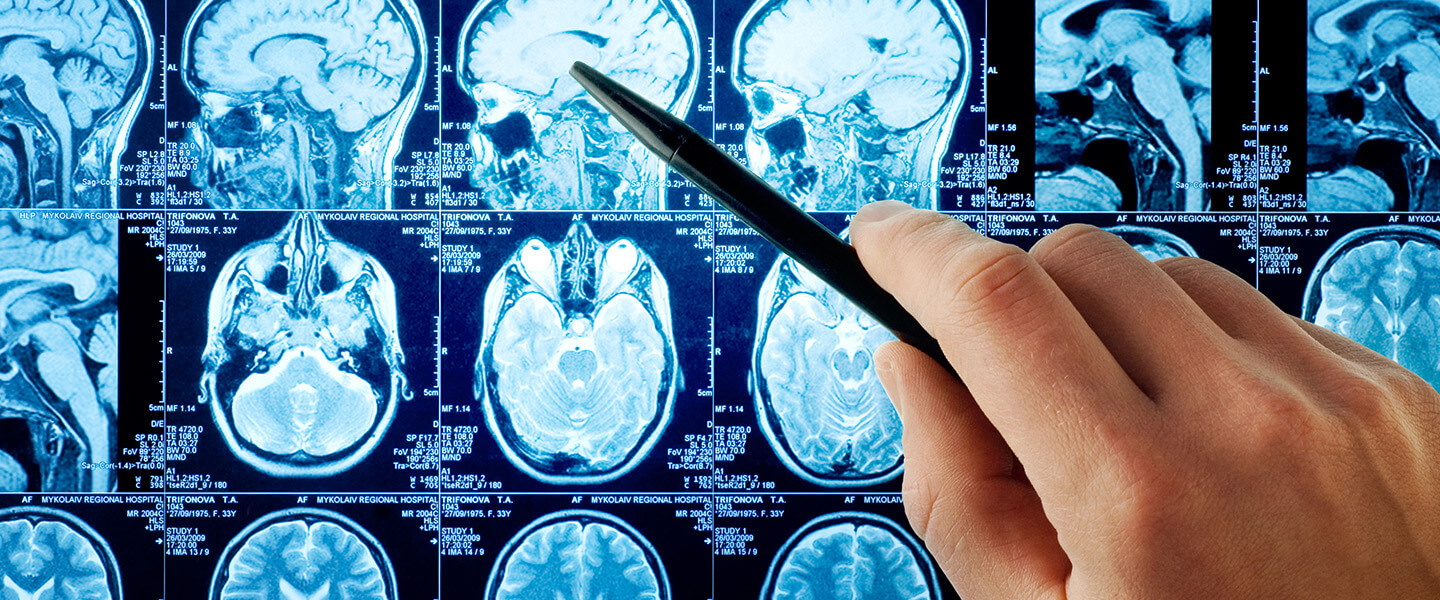Unique Neural Activation Pattern in People With Co-Occurring Bipolar Disorder and Alcohol Use Disorder Points to Future Treatment Targets
Unique Neural Activation Pattern in People With Co-Occurring Bipolar Disorder and Alcohol Use Disorder Points to Future Treatment Targets

Nearly 40% of people diagnosed with bipolar disorder (BD) are considered likely to be affected by alcohol-use disorder (AUD) over their lifetime.
This is worrisome since having an alcohol problem can greatly influence the course of BD. When the two disorders co-occur, manic and depressive symptoms of BD tend to be worse, the number of mood episodes tends to increase, rapid “mood cycling” is more likely to occur, the patient is more likely to become resistant to BD therapies, and the risk of suicide, already elevated in BD, increases.
These facts, noted by investigators at the Medical University of South Carolina, motivated them to conduct what is likely the first-ever functional neuroimaging study of the brain in patients with both BD and AUD.
By comparing neural activation in certain key brain areas with activation in individuals with BD alone, AUD alone, and healthy controls, the team, led by 2015 BBRF Yong Investigator James J. Prisciandaro, Ph.D., hoped to discover an activation pattern unique to the group diagnosed with both BD and AUD. This, it was hoped, would help in the targeting of novel treatments for people with both disorders. Dr. Prisciandaro’s BBRF grant project specifically involved neuroimaging individuals diagnosed with both BD and AUD.
The team began with the idea on focusing on areas in the brain involved in reward processing, since dysfunction in reward circuitry is widely thought to be involved in AUD and perhaps also in BD. The processing of rewards, including expectation or craving of rewards, involves a widely distributed set of specialized brain regions, with substantial connectivity with dopamine pathways. Rewarding and motivational properties of stimuli (cues for alcoholic drinks, for example), “are processed by subcortical regions, such as the striatum, that target cortical regions,” the team notes. This is how the brain encodes the magnitude of possible rewards, the probability they will be obtained, and how to act in order to secure them.
Before they conducted their study, the team expected to find elevated responsivity to rewards (or to cues of rewarding stimuli such as alcohol) in people with co-occurring BD and AUD.
To test this, they recruited 112 people for their neuroimaging trial. 28 had BD+AUD; 26 had AUD only; 31 had BD only; and 27 were demographically matched healthy controls. The typical participant was about 39 years old, not quite half were female, and 35% reported recent alcohol consumption. To be included, participants had to abstain from alcohol and drugs for 1 week or longer prior to receiving a functional MRI brain scan. Abstinence was confirmed by testing. Participants with AUD met standard criteria for heavy drinking behavior (for men, 14 or more drinks/week; 7 or more for women), based on the month before enrollment in the trial, or, if abstinent, the month preceding their last alcoholic drink.
During the fMRI brain scans all trial participants were presented with images of drinks containing alcohol and no alcohol, as well as various blurry control images. This was the cue or “stimulus” to activate the brain’s reward circuitry.
Analysis revealed that participants with BD+AUD had a unique activation signature. Unlike participants with BD alone, AUD alone, or the controls, the group with both disorders had “abnormally low alcohol cue reactivity,” which was contrary to what the team expected.
This signal from the brain, a potential biomarker for the 2 illnesses when they co-occur, the team said, was found in a “cluster” that spanned portions of the right IFG (right inferior frontal gyrus) and the dorsal portion of the striatum.
Interestingly, the less-than-normal activation (“hypoactivation”) noted by the team was separately associated with impulsive behavior and also with individuals who scored high on questions about “maximum number of alcohol drinks consumed on a single occasion” and with obsessive-compulsive craving of alcohol. Again, this only applied in participants with both disorders, and not with either of the disorders alone or with controls. This, in turn, suggests to the team that “unique mechanisms” may be involved in people with bipolar disorder who also develop a problem with alcohol.
Considered in totality, the results led the team to propose a potential interaction between blunted responsivity to reward and deficient inhibitory control in individuals with BD+AUD. Not only is the reduced reward cue reactivity signal a potential biomarker, the team said; this observation could help focus research on new pharmaceutical interventions targeting impulsivity-related brain mechanisms in order to improve executive control and thus potentially lower the risk that people with BD will develop AUD.
Non-invasive brain stimulation methods such as rTMS (repetitive transcranial magnetic stimulation) might also be tested, said the investigators, in an effort to target imbalances in the brain network that assesses the salience, or importance, or incoming signals from the senses.
The team urged longitudinal studies (noting change over time) to clarify how differences in vulnerability to BD or AUD may contribute to their co-occurrence, as well as the question of whether mania in BD is induced by alcohol consumption or triggers it (in people who may do so with the intent of “self-medicating”).



